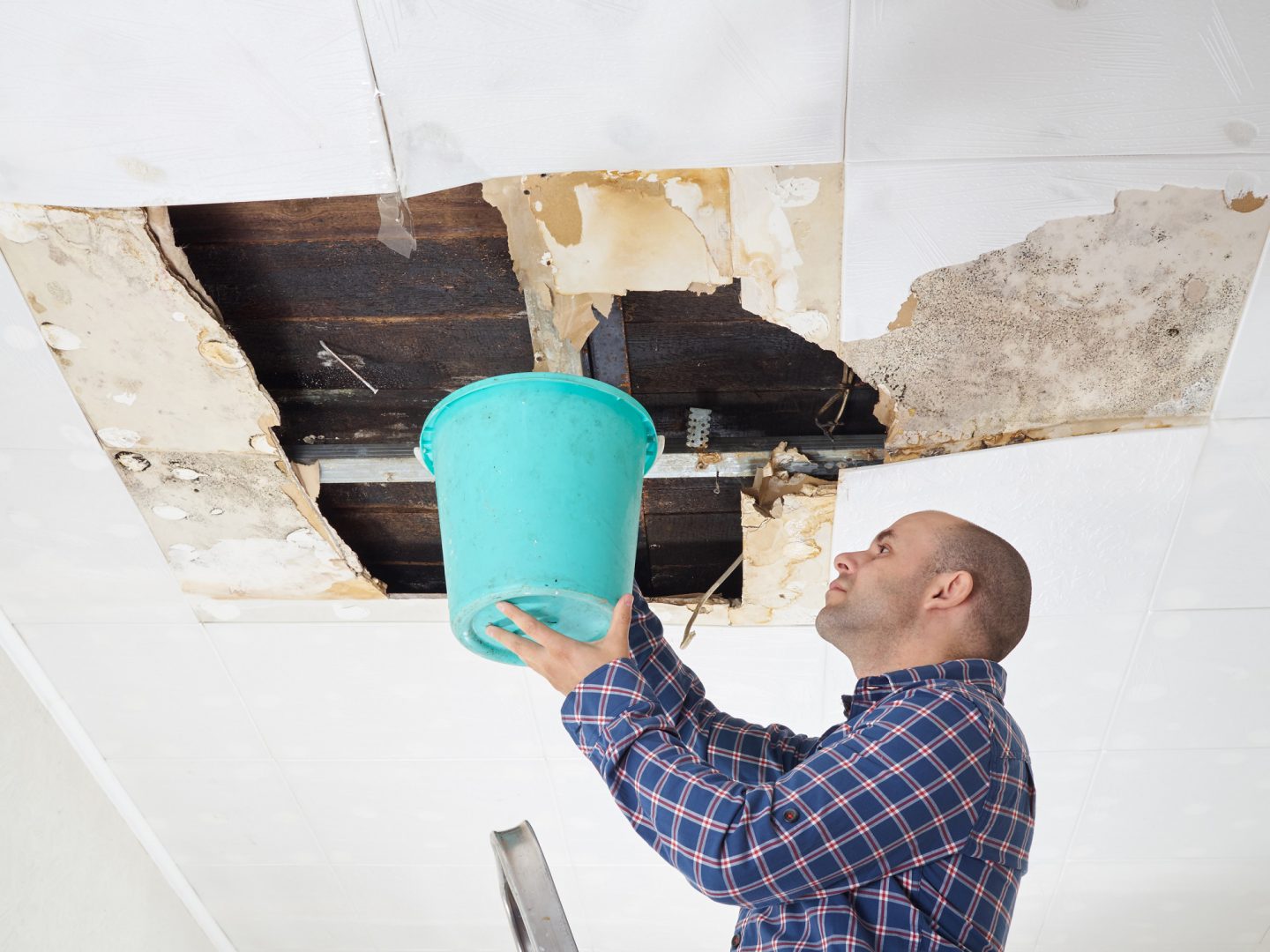
Water damage to your ceiling can be a nightmare for any homeowner. It makes your home look unsightly and can lead to problems such as mold growth and structural damage. Whatever the reason, taking immediate action is essential to prevent further damage and restore your home to its original state.
This article will discuss what to do when your ceiling has water damage.
Assess the Damage
It’s essential to look for signs of discoloration, sagging, or bubbling on the ceiling. These signs indicate water damage, and it’s crucial to address the issue immediately. Check for any visible leaks or if the water has seeped into the walls. If you notice any of these signs, it indicates you have water damage.
The severity of the damage will determine the course of action you need to take. If the damage is minor, you can handle it yourself. However, if the damage is extensive, you may need to call a professional to help with the repairs.
Stop the Source of Water
If you don’t stop the water source, the damage will only continue to worsen, and it can lead to more severe problems such as mold growth and structural damage. The water source can be as simple as a leaky roof or as complicated as faulty plumbing.
If it’s a leaky roof, get it fixed immediately. If it’s a burst pipe or faulty plumbing, shut off the water supply and call a plumber to fix it. It’s crucial to address the water source before you start repairing the damage to your ceiling. Otherwise, the repairs will be ineffective, and the damage will only worsen.
Dry the Area
After stopping the water source, the next step is to dry the affected area thoroughly. Use a fan or dehumidifier to dry out the site. Removing any standing water or moisture is crucial to prevent mold growth.
If the water damage is severe, you may need to use a water extraction tool to remove the water. Ensuring the area is arid before repairing the ceiling is essential. If the site is not dry, it can lead to further damage and make the repairs more complicated and expensive.
Remove Damaged Materials
If the water damage is extensive, you may need to remove the damaged materials, such as drywall, insulation, or ceiling tiles. Removing these is essential to prevent mold growth and further damage to your home. When removing damaged materials, wear protective gear such as gloves, goggles, and a mask.
Repair the Ceiling
Depending on the severity of the damage, you may need to patch up small holes or replace the entire ceiling. If you need more confidence in your DIY skills, it’s best to call a professional to do the repairs.
A professional will have the necessary tools and expertise to repair the damage quickly and efficiently. Ensuring the repairs are correct is critical to prevent future water damage or structural issues.
Prevent Future Water Damage
Regular roof, plumbing, and appliance maintenance can help prevent water damage. You can also install water alarms that alert you to leaks or flooding. It’s crucial to address any water-related issues immediately to prevent further damage.
Conclusion
Water damage to your ceiling can be a frustrating and stressful experience. However, taking immediate action can prevent further damage and restore your home to its original state. If you need more confidence in your DIY skills, it’s always best to call a professional to handle the repairs.
If you need water damage repair in Lancaster, CA, Restoration Masters is here for you! We use state-of-the-art equipment and techniques to restore your home correctly and work with your insurance company to make the process as smooth as possible. Contact us today for a free consultation and estimate!





